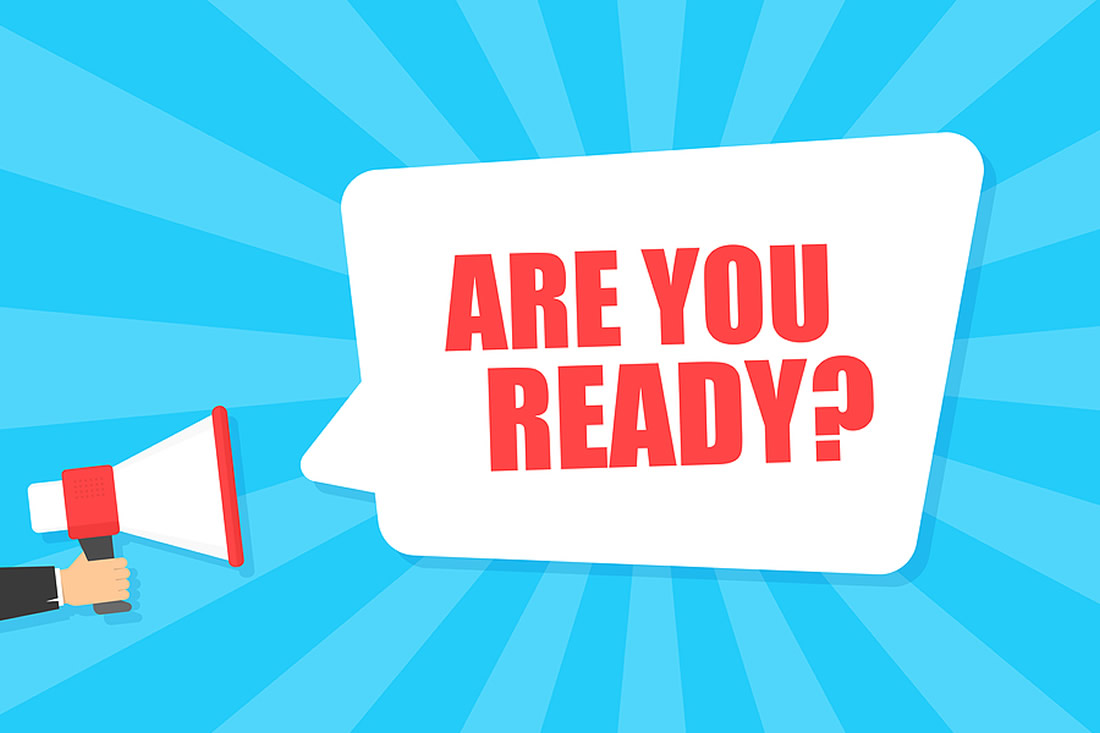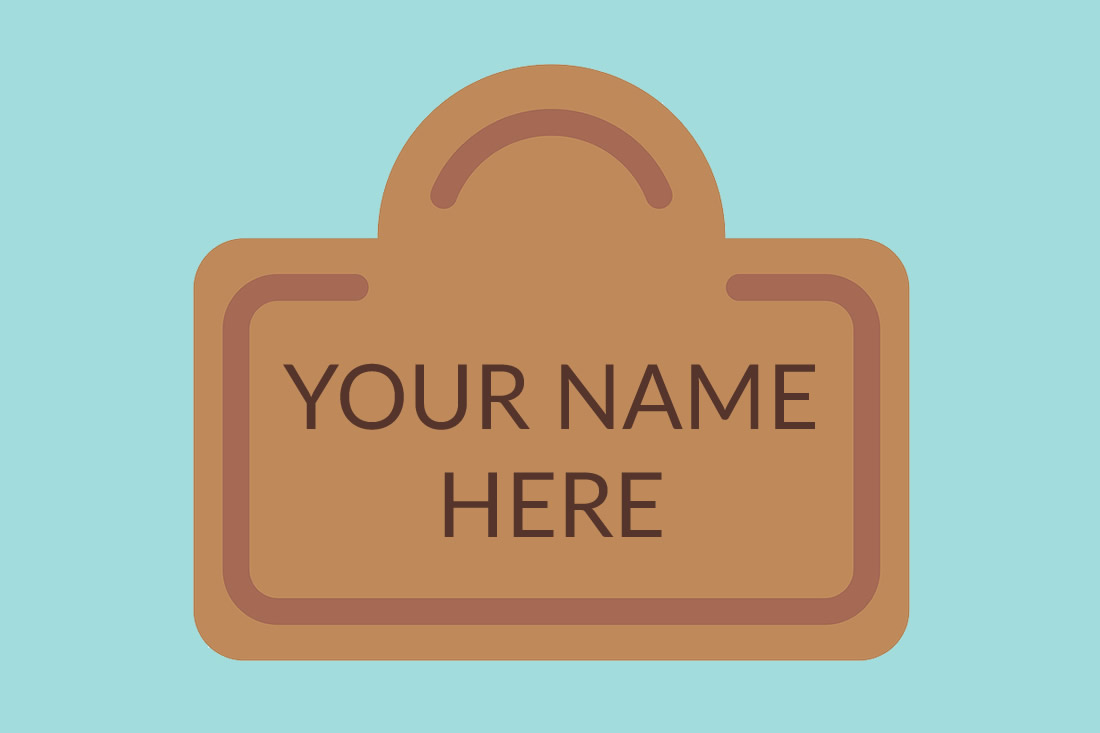Ready for a Capital Campaign? That Depends on Your Top Donors

Are You Ready for a Campaign? Test Yourself!
Open a blank document. Without looking at your CRM or other donor lists make a list of the ten people who are likely to make the lead gifts to your campaign.
They might be individuals, foundation heads or program directors, or business leaders. It doesn’t matter. But don’t cheat by scouring your lists. Those people should be on the top of your mind.
Was that easy for you?
If you can easily make a list of the ten donors who are likely to make the top gifts to your campaign, that’s a good indicator that you’ve already been building relationships with them.
If that’s the case, good for you! You may be ready for a capital campaign (in which case, you may wish to schedule a free strategy session to discuss your campaign goals with one of our experts).
Or did you get stuck at three of four names?
If you don’t know your top ten donors, you’re probably not ready for a capital campaign yet. First, you’ll have to spend time identifying those potential top donors and work on building real relationships with them.
Start by making a larger list, perhaps 40 or 50 prospects. Then winnow the list as you get to know those people and build relationships with them.
Once you have your list, you’ll want to work hard to build strong relationships with those top donors.
Follow Jay’s Example: Draw Your Top Donors Close
Jay B. was one of the most talented and successful development directors I have ever worked with. Though Jay ran an entire development office, he viewed building relationships with his top ten largest donors as his primary job.
Jay kept a list of his top donors on his desk. He reviewed it at the beginning of each week to keep those names top of mind.
Find Out if You’re Ready for a Campaign
Download any of our four free assessment tools to help you determine whether you are truly campaign-ready.
7 Things to Know About Your Top Donors
Knowing the names of his top donors wasn’t enough. Jay also kept track of a number of personal details. Here are seven examples that you might choose to track, too:
- Jay tracked their birthdays, anniversaries and other key personal dates.
- Jay set up calendar ticklers so he could send cards or email them on those dates.
- Jay knew how many children they had, how old they were and where each went to school.
- Jay knew which sports teams they rooted for and would drop them a line when that team won or lost.
- Jay knew about their businesses and congratulated them when they received promotions.
- Jay was aware of what boards they served on and where they had houses.
- Jay even knew if they were art collectors, interested in old cars, and any number of other hobbies.
As you can see, Jay knew the things about his top donors that you probably know about your closest family members and close friends.
But just knowing your top donors isn’t enough – you need to keep in touch with them, too.
10 Ways to Keep in Touch with Your Top Donors
Here are ten of the things Jay did (and you should do, too) to stay in touch with those oh-so-important top donors:
- He kept an eye out for articles or books they might enjoy and sent them.
- He sent birthday and anniversary cards.
- He treated his top donors like insiders, emailing or calling them when something exciting happened in his organization.
- He paid close attention to when they might need help and then offered assistance. For example, he drove his older donors to events and brought them home afterwards.
- He would keep an eye out for them at social gatherings and make it a point of speaking with them and making sure they had a good time. He sometimes asked his board members to help with that too.
- He gave his top donors personal updates on the things their past giving made possible.
- He invited them in to meet with the director or head of a program to learn about something special.
- He asked his top donors for their help on topics they were qualified to offer advice.
- He invited them to serve on committees or in other leadership groups.
- Jay made it a habit of paying attention to his top donors in ways that were not about their money.
Build Close Relationships as a Precursor to Your Campaign
Jay was great at his job because he put more time into building close relationships with his top donors than he did asking them for gifts. When the time was right, Jay designed asks that were appropriate for each of those donors. And, of course, they were happy to give.
Jay’s focus on building relationships with his top donors was a primary focus of his job. That work over time will get you ready for a successful capital campaign.
Do you have favorite ways of drawing your top donors close? If so, please share those practices in the comment box below.



This is fabulous information and should be marching orders for anyone heading into a campaign or doing major gifts work. Thanks!
Thank you for these valuable tools!
I’m so glad you find them helpful, Sandi! Thank you for your comment.